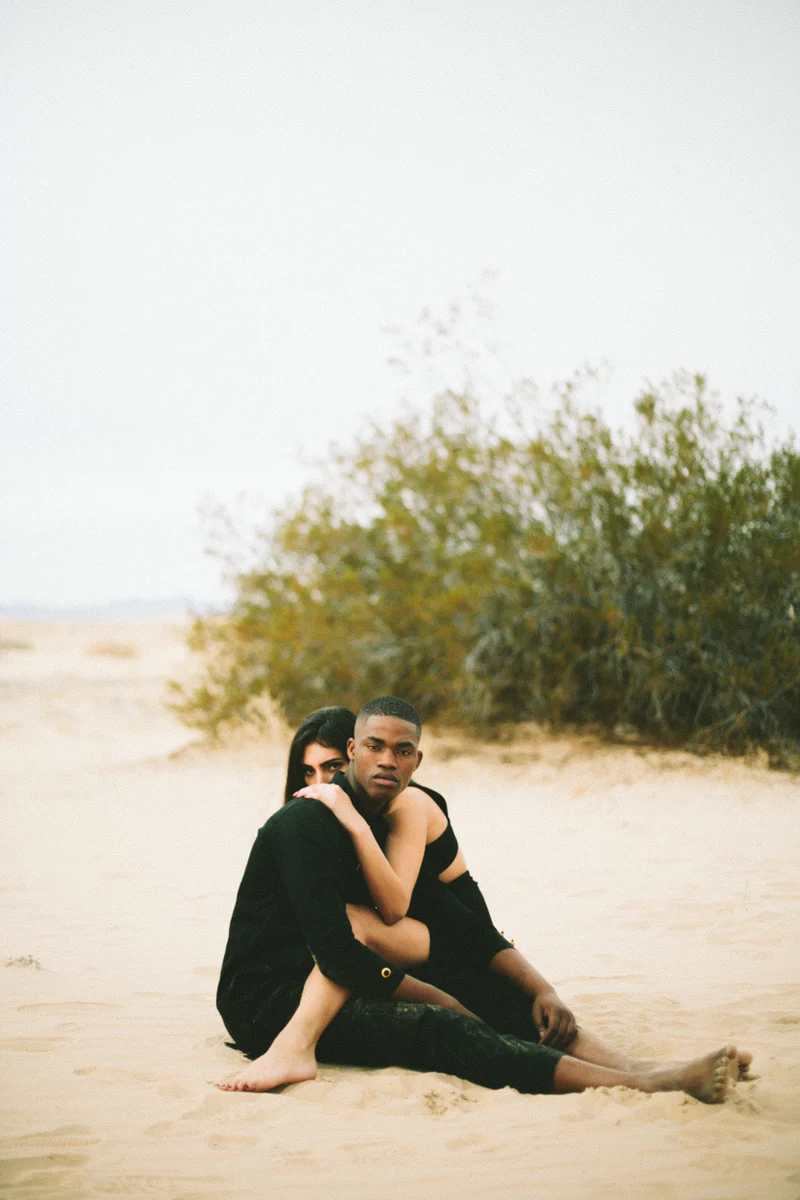RELATIONSHIP
Are You In Love Or In Lust?
Published
4 years agoon
By
Wonder
When a new relationship is just starting out, it can be hard for you differentiate if what you’re feeling is love or lust. Feeling excited when you see them and daydreaming about them could be any of the two.
Understanding The Difference Between Lust And Love
Lust and love are often thought of as two different feelings, but research has shown that they exist in a circle that can be broken down into three categories:
Lust: The craving for sexual satisfaction that drives humans to seek out sex partners. Lust is driven by a hormonal desire for sexual gratification.
Attraction: Also called passionate love, attraction is associated with feelings of excitement, cravings for emotional connection, and intrusive thinking about the beloved. It involves the brain’s reward center and can imitate the feel of drug addiction.
Attachment: Also called companionate love, attachment is characterized by feelings of calm, emotional union, and security. This mostly comes into play in long-term relationships including friendships, families, and committed romantic partnerships.
The most obvious difference between lust and love is that lust is purely physical and sexual, whereas love includes care for someone well behind their function as a source of yearning and sexual gratification.
While the categories can overlap, different hormones and brain chemicals are implicated in each stage. Here’s how you can recognize the signs of lust vs. love.
Signs Of Love
Love can be divided into two categories; passionate and companionate.
Passionate love, also referred to as attraction or infatuation, is defined as a state of intense desire to be with another person. Emotional arousal and sexual passion are prominent features of passionate love, and people experiencing this type of love are usually distressed when their relationship goes awry.
When a person feels attraction towards another person, the brain produces “feel good” chemicals like dopamine and norepinephrine that affect the same pathways associated with drug consumption and addictive behavior. This phenomenon explains the obsessive, euphoric behavior often seen in the early stages of romantic relationships.
Companionate love is characterized by strong feelings of intimacy, affection, and commitment to another person. It’s often slow to develop and can be seen in close friendships and long-term romantic partners.
Companionate love involves the brain chemicals oxytocin and vasopressin which are associated with pair-bonding, like in the relationship between mother and child.
A study conducted in 2014 found oxytocin was significantly higher in new couples compared to single people. The elevated oxytocin levels remained during a 6-month follow up, and couples with higher oxytocin levels at the beginning of their relationship were more likely to stay together.
The signs you may be in love include:
You think of interesting things to tell one another.
You look forward to meeting friends and family.
You share vulnerable, tender things like challenges you are facing.
You know that if you live in different cities for a few months it will be okay.
Love feels like security, respect, and admiration and typically includes a sense of safety and commitment within a partnership.
In addition, both types of love can result in physical symptoms like sweaty palms, genital swelling or secretions, and the feeling of butterflies in your stomach but lust can also cause these physical symptoms.
Signs of lust
Lust is purely sexual attraction which is often accompanied by physical arousal. Lust occurs both within loving relationships and external. Lust is a natural human occurrence. Lust is not always something we act on, it is a sense of sexual interest.
You might be experiencing lust if any of the following happens:
When you think of the person, your thoughts immediately go to what your bodies do for one another.
When you think of the person you start smiling, feeling flushed, have sensations of excitement, and being turned on.
As soon as you see one another you want to kiss.
You don’t necessarily have much in common, but when you are touching it really doesn’t matter.
Lust is an intense feeling that dominates our thoughts and can drive us to do things against our better judgment in order to satisfy longing. Feelings of lust are controlled by the brain’s hypothalamus, which stimulates the production of sex hormones testosterone and estrogen.
Can lust become love?
In conclusion, many individuals sometimes wonder if lust can become love and some relationship experts agree lust can turn into love but warn that feeling lust does not guarantee an eventual loving relationship.
Sometimes lust can lead to love and is often experienced within a loving relationship. However, lust does not guarantee the survival of a long term relationship. So take note to observe that you’re feeling the right emotion before getting into a relationship. Love and light, Wonder.




















